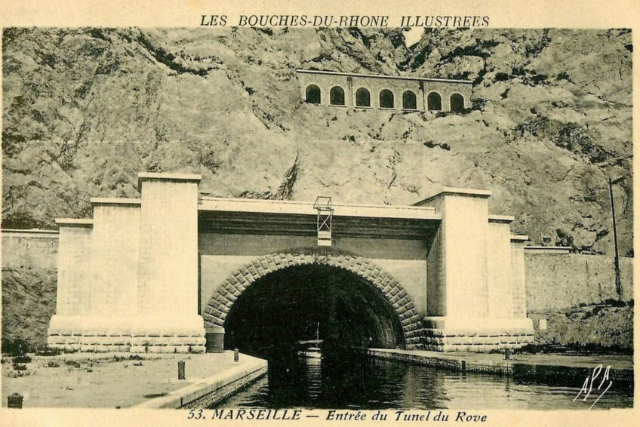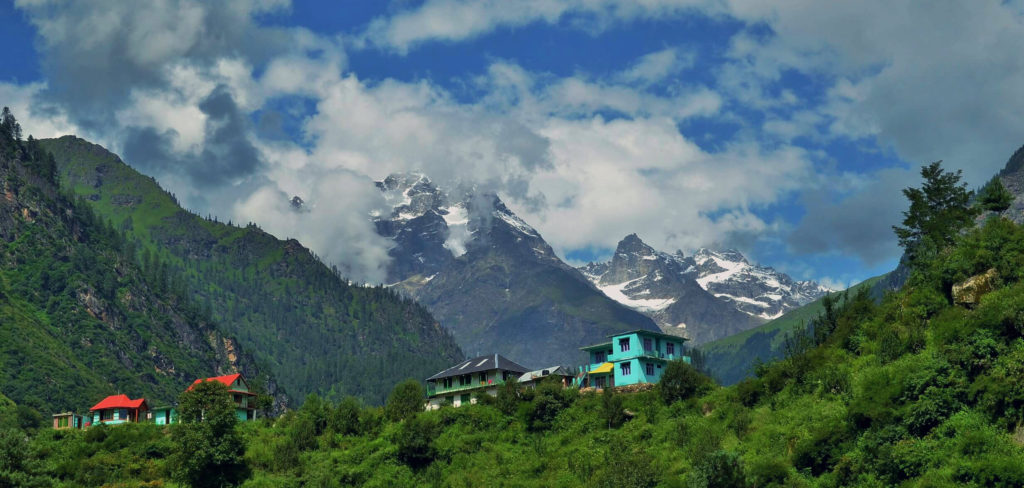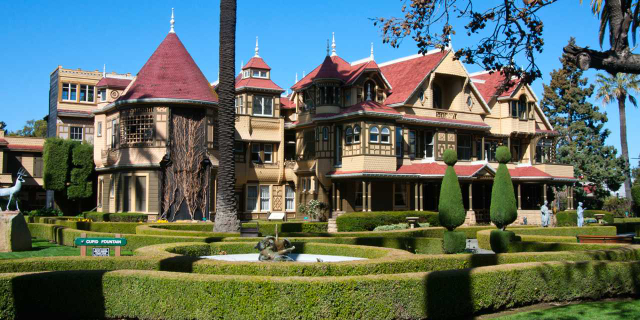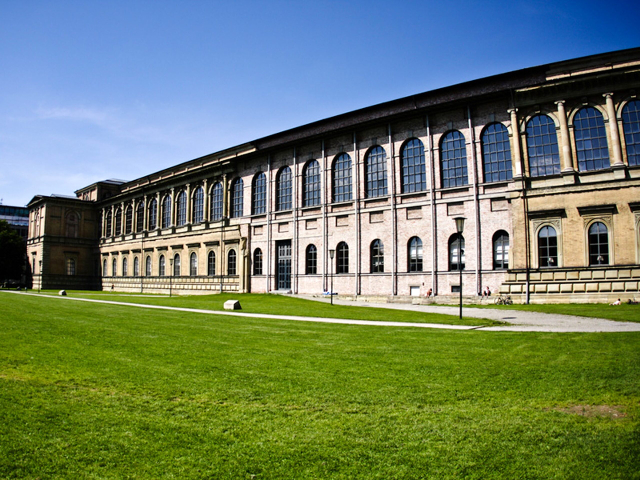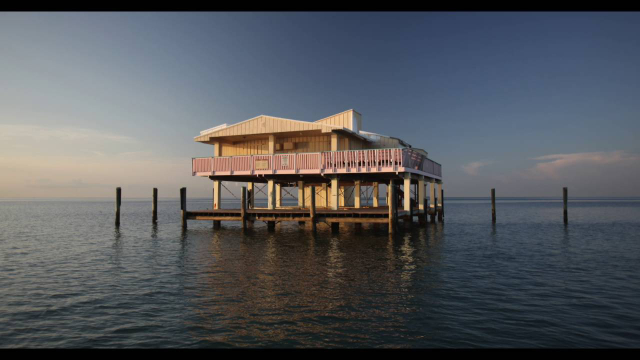The Rove Tunnel (Tunnel du Rove) is a canal tunnel located in southern France near Marseille. The tunnel was built to connect the arrondissement of Marseille to the Étang de Berre in the Bouches-du-Rhône department, allowing water transportation by avoiding the Mediterranean Sea and heading to the Rhône River via the wider Canal de Marseille au Rhône. At 7,120 meters long, the Rove Tunnel is the longest channelized tunnel in the world.The Rove Tunnel represented the most challenging section of the Canal de Marseille au Rhône, a waterway that connected Marseille to the Rhone River. This canal has a total length of 81 kilometers.The tunnel begins near the village of Le Rove and provides a sea-level passage through the Chaîne de l’Estaque massif, reaching a maximum altitude of 278 meters. The tunnel is 22 meters wide, 11.4 meters high and 7,120 meters long. The water depth inside is 4 meters. Currently, the Rove Tunnel is closed to rail transit.The construction of the Rove Tunnel was a major engineering feat. Underground work began in 1910, with air-powered jackhammers breaking through the rock. Work was carried out simultaneously from the south and north, with the addition of a ventilation tunnel. During construction, difficulties emerged due to water infiltration, despite the fact that initial geological studies had found no water table. Work was accelerated after the outbreak of World War I in 1914.On February 19, 1916, the central cap separating the north and south sections, located 4,710 meters from the south portal, was removed by dynamite explosion. On May 7, 1916, Minister of Public Works Marcel Sembat officially inaugurated the Tunnel du Rove along with the first two Port-de-Bouc portals. After several delays, the entire canal was finally opened to traffic on April 25, 1927.However, in 1963, the tunnel was closed due to a partial collapse. Since then, the Rove Tunnel has not been used for rail transit.Despite its closure, the Rove Tunnel remains a remarkable expression of civil engineering and a witness to the history of river transportation in the region. Its length and complex construction represent a significant feat in the
